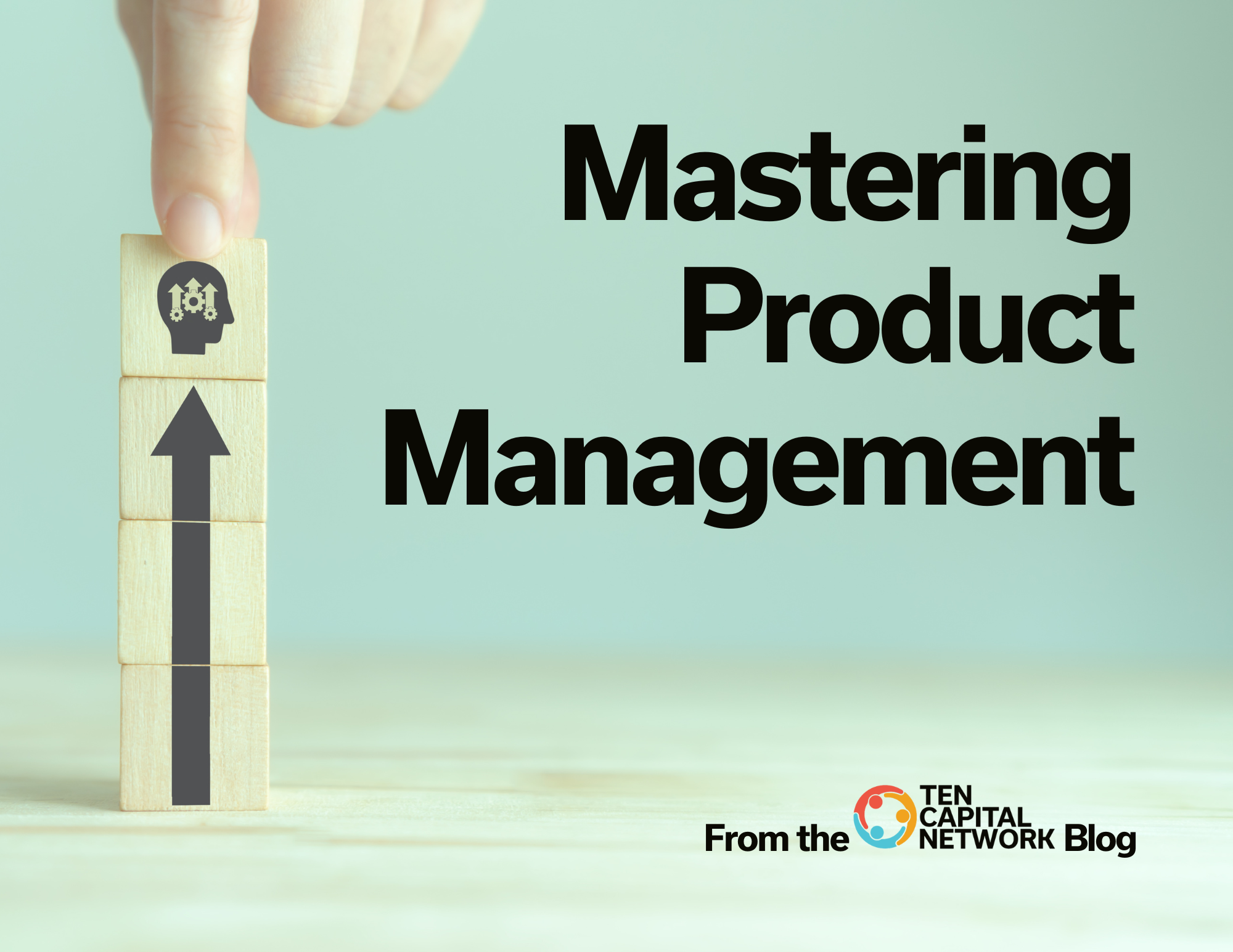TEN Capital Network is 10! As we enter our tenth year, here is look back at how it all started.
Early Days
In early 2000, I started angel investing when the company I worked at for 24 years went IPO. I lost all my money in my first investment. I shared my story with other investors and commented that I must have made 25 mistakes. One of the investors listening replied, “You made 50 mistakes on that deal.”
It was then that I learned that investing in startups is harder than it looks. I found and joined an angel network here in Austin. As one of the first members, I was automatically invited to join the board as a membership recruiter. There was no pay, but it was a great honor.
I started talking with other potential investors about joining. We could share the deal flow and the due diligence, since that was the costly part of startup investing—talking to all the potential deals and investigating the promising ones.
After a few months, we lost our director, so I stepped in to lead the group as I had recruited about fifty members. We started running pitch sessions to the members and setup a deal flow process for screening, due diligence and investing.
Over the next two years, we invested about $5M in twenty deals and had our first exit at a 7X return. This was quite an outlier to have such an early exit and at a high level. I’ve heard from other angel groups with more experience than mine, and their historical returns often ran something like this:
“We the (insert name here) angels have been in operation for over 10 years and have invested $175M in 181 deals over that time. Of those 181 deals, the top deal returned 200X to the investors in the deal. The next one down was 7X, the next one down was 5X, the next four were 3X, and the next 15 deals were 1.5X the original investment. The bottom 159 deals returned less than 1X.”
The Challenge
To me, this drove home the challenge in early stage investing. The top 10% have great returns, the next 15% may return something but not much, and the bottom 75% return nothing. Along the way, I found that the biggest challenge in early-stage funding is not avoiding the “crash and burn”, but rather avoiding the “lifestyle business looking for a place to happen”. In other words, be wary of the startup that promises “it will be a rocket to the moon, so come join the ride”. I found that these startups tended to go up a little way and then plateau, never to grow much again. They might turn into a lifestyle business for the founders but provide no return to the investor (not even a tax write-off).
Working in an angel network, what surprised me most was the sheer number of entrepreneurs that came to pitch to my room full of investors. Ninety percent of these entrepreneurs would leave after the pitch, and we would never hear from them again. Only ten percent would come back and tell us more about the deal, show progress, and give us updates. They were the ones that raised most of the funding. After about the fourth update, that’s when investors made their decision to invest or pass. If they invested, they knew why, and if they passed, they knew why as well.
The Key to Fundraising
The key to raising funding is building a relationship with the investor and demonstrating a growth story. It’s not enough to just forecast the growth story—you must show it in action. I found that, primarily, investors look for steady growth. I also found that most entrepreneurs don’t prioritize keeping their investors informed. They’re too busy building products, closing sales, and keeping their employees happy.
The entrepreneurs and investors needed to patiently build a relationship based on timely and consistent communication. I decided to apply that approach to my own startup investing – instead of investing after the first meeting, I would follow the company and see what happened to it. Since public exchanges don’t list startups, this was a bit more difficult because I had to follow up with each company to see how they were doing.
My father was a buy-and-hold investor in public stocks. He had watch lists and would monitor stocks for 3-6 months, noting the sales, team changes, and other news about the company. After three months, he would decide whether to buy or not. He was always learning more about the company and looking for evidence that they were on track to hit their goals. It’s hard to tell in a one-month snapshot if things are going in the right direction.
After starting three angel networks in the 2000s I decided to start my own company, Texas Entrepreneur Networks, to help startups raise funding using this approach. For a while, we ran physical funding forums across the state of Texas, all the way out to El Paso. It was great to see all those investors and help those startups raise funding. There was just one flaw in that model: Texas is a big state and we were driving everywhere.
Path to TEN Capital Network
In 2012, we moved everything online in the form of a funding portal. The emergence of crowdfunding helped bring online technologies (portals, email updates, etc.) to the fundraising process. Previously, everything was offline, and most pitches took place in dinner-club settings where the investors and entrepreneurs had to physically meet up. In addition to simple convenience, online tools helped with screening, due diligence, deal monitoring, and more.
By 2016, we had built our investor network to over 5000 accredited investors, and we began receiving calls from outside of Texas from startups that wanted access to our investors. We rebranded to TEN Capital Network and started showing companies from across the US to our investors. At that point, most of our investors had decided they wanted the best deal available, not just the best deal in Texas, so they welcomed the increased deal flow.
When we began, I considered setting it up as a broker, but found that a significant portion of our angels and venture capital groups would not follow us. Their fund or group membership rules did not allow broker fees. So, we went the non-broker path, providing companies an investor relations process with a monthly subscription model. This worked well—serious startups would engage, while those who were “running it up a flagpole to see if anyone saluted” would not.
Since 2009, TEN Capital has helped companies raise over $410M and continues helping startups and growth companies raise funding today. Investors from the first angel network received a 40X return on their investment and the number continues to grow as the remaining companies exit the business.
Cheers to many more great years!
 Hall T. Martin is the founder of TEN Capital and a builder of entrepreneur ecosystems by startup funding through angel networks, funding portals, syndicates, and more. Connect with him about fundraising, business growth, and emerging technologies
Hall T. Martin is the founder of TEN Capital and a builder of entrepreneur ecosystems by startup funding through angel networks, funding portals, syndicates, and more. Connect with him about fundraising, business growth, and emerging technologies





